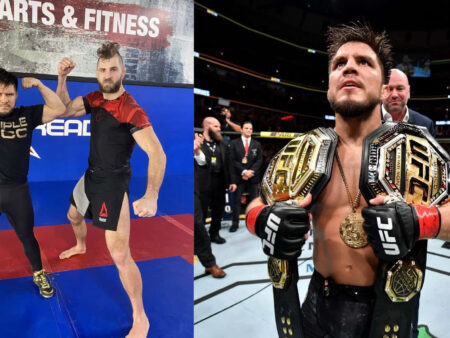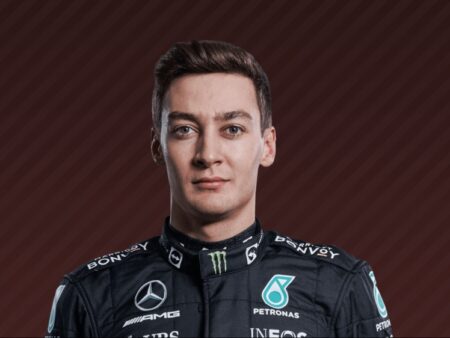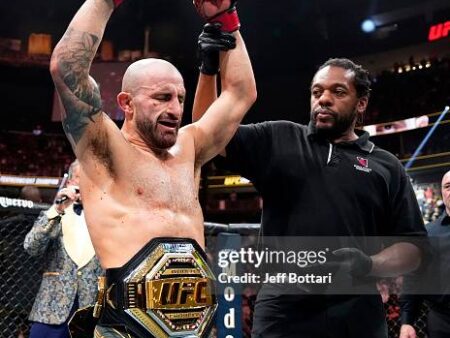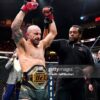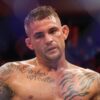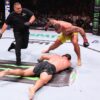The annual ritual of the fantasy basketball draft is upon us, a crucible where optimism meets cold, hard data, and a dash of speculative genius. As we peer into the 2025-26 NBA season, the objective remains singular: construct a roster capable of championship glory. This endeavor, however, is less about guessing and more about meticulous analysis, understanding the subtle shifts in player roles, team dynamics, and the ever-present shadow of injury. To triumph, one must master the art of identifying sleepers (those undervalued gems), pinpointing genuine breakouts (players poised for elite status), and, perhaps most critically, circumventing the dreaded busts (high-drafted disappointments).
The Quest for Sleepers: Unearthing Hidden Gems
The allure of the sleeper pick is undeniable. It`s the satisfaction of identifying a player whose potential far exceeds their average draft position (ADP), a quiet nod of superiority as your league mates wonder how you spotted them. True sleepers are not mere long shots; they are players whose circumstances have subtly shifted, creating an opportune moment for a statistical surge.
Consider the landscape: a player returning from a significant injury, now fully healthy and ready to capitalize on a stagnant roster. Or perhaps a rookie, initially overlooked, who showcased flashes of brilliance in limited minutes, now set to inherit a more substantial role. The San Antonio Spurs` Stephon Castle, for instance, concluded last season as a Rookie of the Year contender, showcasing an all-around game that many believe still isn`t fully priced into his current ADP. His ability to contribute across multiple statistical categories offers a robust fantasy floor, a concept often underappreciated in early rounds.
Similarly, the Washington Wizards` Alex Sarr, a high draft pick in 2024, has demonstrated capabilities beyond his years. His blend of scoring, rebounding, and shot-blocking proficiency, reminiscent of a young Jaren Jackson Jr., suggests a player who could far exceed expectations if given the minutes. Then there`s the veteran benefiting from a roster vacuum: Kevin Porter Jr. of the Milwaukee Bucks, whose potential for significant on-ball duties following previous team changes could see him deliver assist rates typically reserved for dedicated point guards, alongside a healthy scoring clip.
Injury recovery also presents opportunities. The New Orleans Pelicans` Trey Murphy III, finally healthy after battling setbacks, possesses a per-36 minute output that hints at elite scoring and defensive contributions, provided he can sustain consistent court time. And for those seeking a more speculative, yet promising, second-year jump, the Chicago Bulls` Matas Buzelis offers a tantalizing combination of wing scoring, playmaking, and shot-blocking, potentially solidifying a starting power forward role. The art here is recognizing the confluence of talent and opportunity before the masses do.
The Eruption of Breakouts: From Potential to Production
The breakout player is the fantasy manager`s equivalent of striking oil. These are individuals who transition from promising talents to foundational pieces, their production leaping into the upper echelons of their respective positions. Identifying them requires an eye for developing trends and a keen understanding of a player`s evolving game.
A sophomore surge is a classic breakout narrative. The Charlotte Hornets` Brandon Miller, for example, was quietly developing an impressive all-around game last season, demonstrating improved efficiency and expanding his offensive repertoire. His statistical trajectory suggests he`s primed for a significant leap, transforming from a solid contributor to a potential league-winner.
Then there are the high-upside rookies, who, despite their inexperience, possess the raw talent and immediate opportunity to make an instant impact. Cooper Flagg joining the Dallas Mavericks, especially given the health concerns of other key players, could be one such anomaly. While predicting “Doncic- or Wembanyama-level” rookie seasons is a tall order, Flagg`s diverse skill set implies he could quickly become a fantasy force across multiple categories.
Sometimes, a change in team dynamics or a strategic shift in offensive focus unlocks a player`s true potential. The Chicago Bulls` Josh Giddey, if given the reins as a primary playmaker, has already demonstrated elite-level point guard production in extended runs. His ability to rack up points, rebounds, and assists in volume makes him a prime candidate for a top-tier fantasy finish. The opportunity created by roster changes can also elevate a player like Jaylen Wells of the Memphis Grizzlies, whose per-minute efficiency and increased role following a key trade could see him absorb a significant portion of his team`s offensive output. Similarly, Kel`el Ware of the Miami Heat, whose impressive late-season run as a physical center suggests he`s ready to cement a consistent double-double threat with defensive prowess, is another strong breakout candidate. The key is to see beyond the initial perception and recognize the sustained momentum.
The Peril of Busts: Avoiding Draft Day Regret
Perhaps the most crucial, yet often overlooked, aspect of draft strategy is identifying and skillfully avoiding the busts. These are the players whose names carry considerable weight and whose ADPs reflect past glory or inflated expectations, only for them to underperform drastically. The heartbreak of a high draft pick delivering mediocre returns can derail a season before it truly begins.
The primary red flag for a potential bust often revolves around durability. Paul George of the Philadelphia 76ers, a perennial fantasy threat when healthy, has unfortunately developed a concerning pattern of missing significant time due to injuries. At 35, and with a history of knee procedures, relying on him for 70+ games seems an optimistic, if not foolhardy, proposition, especially sharing usage with other offensive stars. Similarly, Ja Morant of the Memphis Grizzlies, despite his electrifying talent, has struggled with consistent availability, whether due to injuries or off-court issues. His diminished statistical output in limited appearances further compounds the risk. Talent is paramount, but availability is the ultimate fantasy statistic.
Roster changes can also spell doom for previously solid fantasy options. Ivica Zubac of the Los Angeles Clippers, coming off a career year, now faces significant competition for minutes and touches with the arrival of John Collins and Brook Lopez. While still a capable big man, his previous heavy minute load and corresponding production are almost certainly set to decline, making his current ADP a hazardous investment. The Brooklyn Nets` Nic Claxton, while a defensive asset, faces similar concerns regarding his limited offensive game and a team seemingly intent on exploring varied roster configurations that may not always favor a traditional rim-running center.
Finally, a diminished role can turn a reliable veteran into a ghost of their former self. Fred VanVleet of the Houston Rockets, previously a primary offensive engine, now sees his usage potentially curtailed by the arrival of Kevin Durant and the expected growth of younger talents like Amen Thompson and Reed Sheppard. His consistent, high-volume production may become a thing of the past, rendering his likely draft cost prohibitive.
In the unpredictable theater of professional basketball, fantasy success hinges on a blend of shrewd analysis, calculated risk, and a healthy dose of adaptability. The draft is merely the opening act. By understanding the underlying currents that elevate sleepers, ignite breakouts, and sink busts, you equip yourself not just for a good start, but for a victorious campaign in the 2025-26 fantasy basketball season. May your picks be sagacious and your waiver wire finds bountiful.
